Food Processing: How It Works, What Matters, and What Makes Profit
When you think of food processing, the transformation of raw ingredients into packaged, shelf-stable, or ready-to-eat meals. Also known as food manufacturing, it’s the quiet engine behind every snack, sauce, and frozen meal you buy. It’s not just mixing stuff in a big machine. It’s precision. It’s timing. It’s controlling temperature, moisture, and contamination at every step. From a farmer’s tomato to your jar of pasta sauce, food processing decides what stays fresh, what sells, and what actually makes money.
Behind every successful product is a food processing unit, a facility where raw materials are cleaned, cooked, packaged, and tested for safety. Also called a processing plant or industrial kitchen, these units range from tiny local operations to massive factories that feed entire cities. What sets them apart isn’t just size—it’s how they handle unit operations, the basic physical, chemical, or biological steps like cutting, heating, mixing, or drying that turn ingredients into finished goods. These aren’t random tasks. They’re carefully chosen sequences that affect texture, shelf life, cost, and safety. Get one step wrong, and your product fails. Get it right, and you cut waste, speed up production, and boost margins.
And that’s where profit comes in. Not all foods are created equal when it comes to processing returns. Some items—like dried spices, frozen vegetables, or plant-based meats—turn raw materials into high-margin products with little extra labor. Others need expensive equipment, long storage, or strict certifications that eat into profits. The best food processing businesses don’t just make food. They pick the right items, use the right unit operations, and run efficient processing units that turn small inputs into big returns. Whether you’re running a food truck, a small plant, or just trying to understand what’s in your pantry, knowing how these pieces fit together helps you make smarter choices.
Below, you’ll find real insights from people who work in this world—how restaurants use food processors, which foods bring in the most cash, what a mil actually means in packaging, and why the four levels of processing matter more than you think. No theory. No fluff. Just what works.
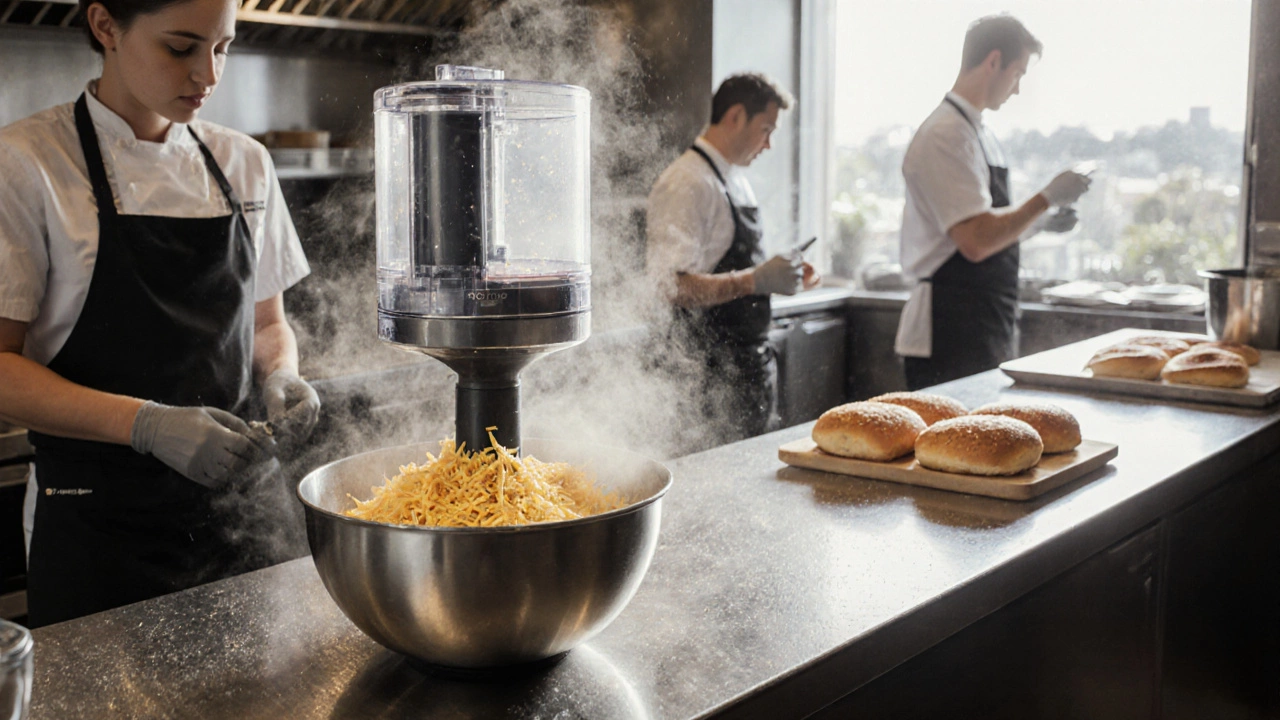
Restaurants use food processors to save time, ensure consistency, and reduce labor costs. From shredding cheese to blending sauces, commercial models are essential in high-volume kitchens-though some chefs still prefer hand-prepped ingredients.
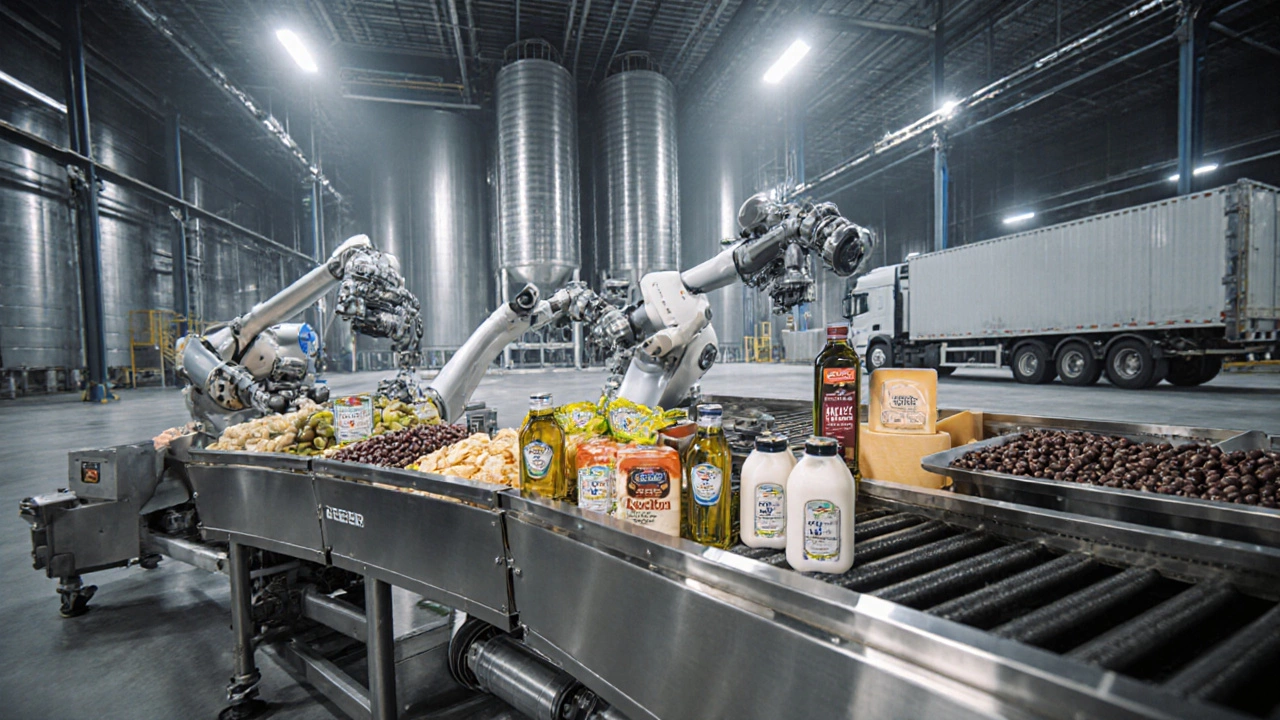
Discover which food items generate the highest profit in processing, with data on margins, revenue per tonne, and regional insights for savvy entrepreneurs.
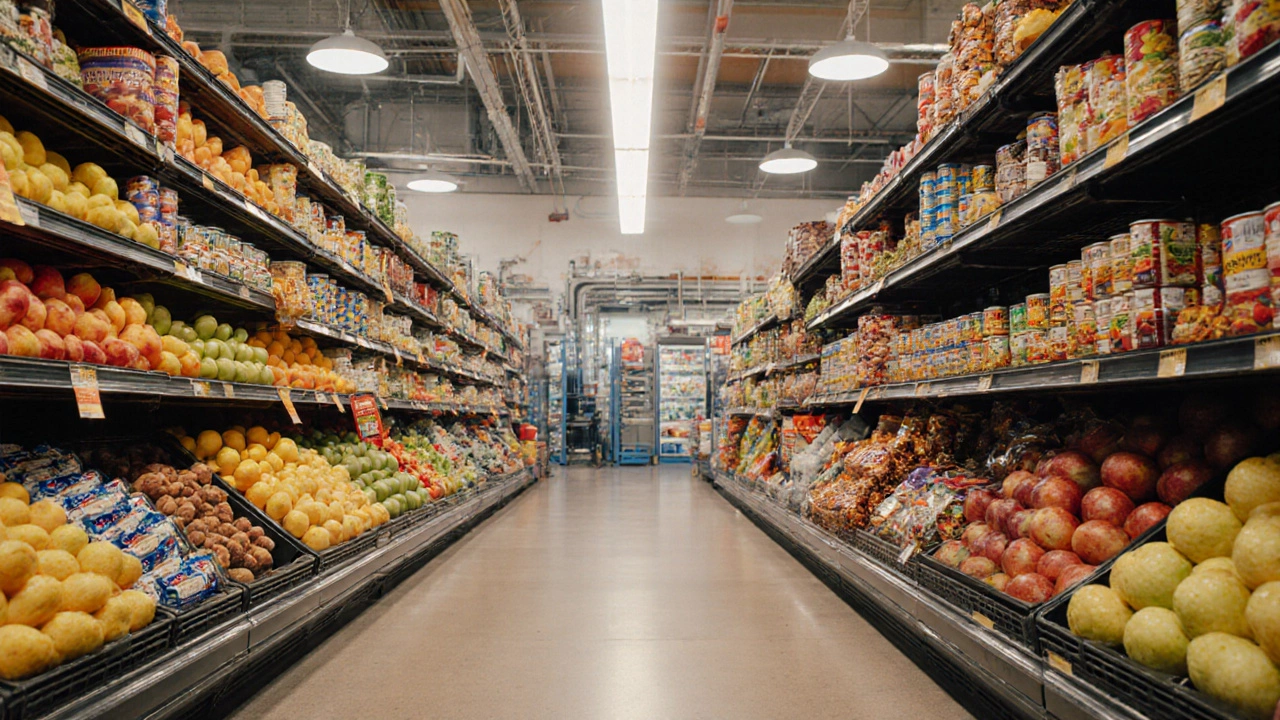
Explore the main fields of food processing-from primary handling of raw ingredients to packaging and quality control-plus key techniques, equipment, and regulations.
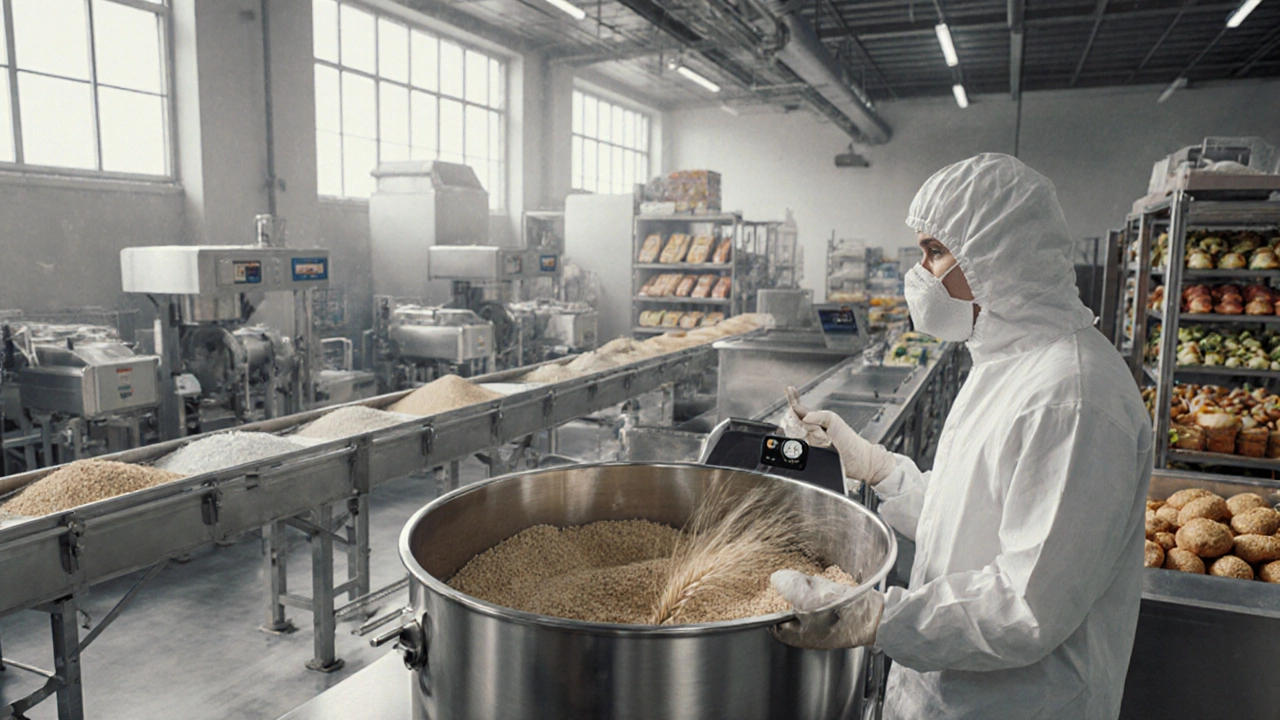
Learn how unit operations in the food industry are grouped into physical, chemical, and biological categories, with examples, selection tips, and emerging trends.

Ever wondered what food units really mean? Discover how food units are measured, why they matter for nutrition, and how to use them for better food processing and choices.
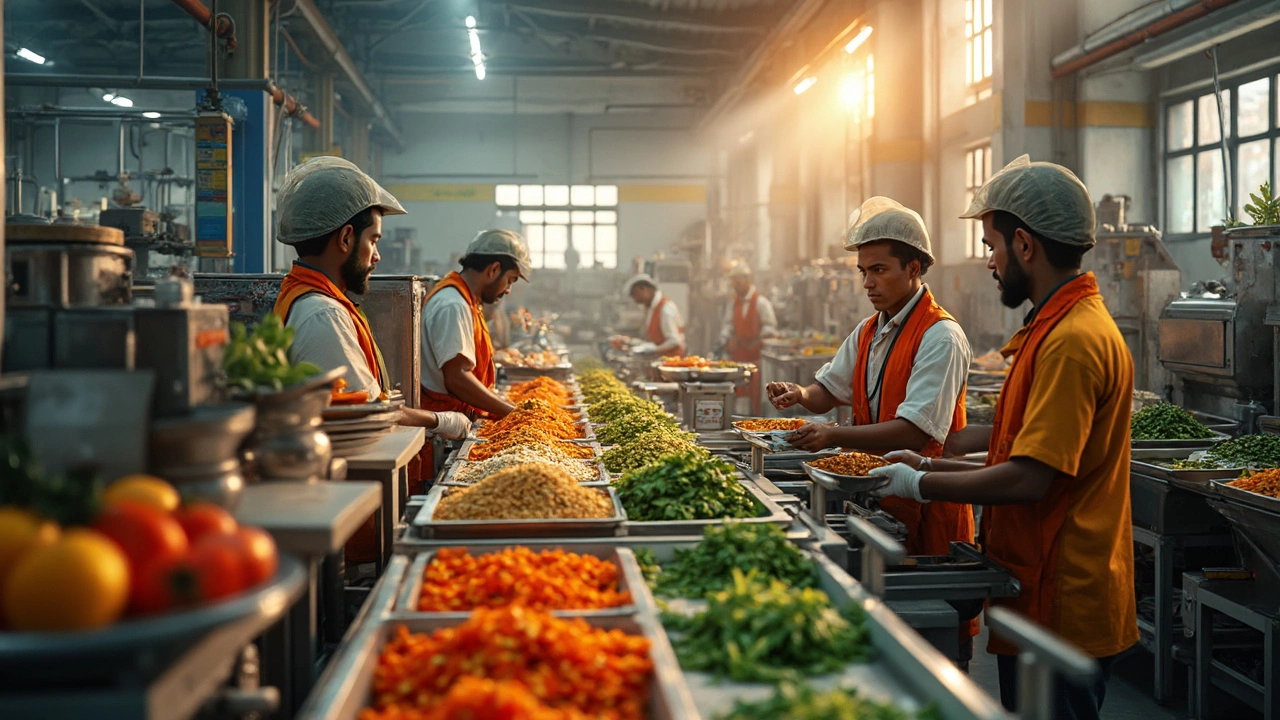
This article breaks down what a food processing unit is, the different names it goes by, and how it works. You'll find practical tips for choosing a processing unit and real examples from the food industry. Get insight into the role of these units in modern food production, plus some lesser-known facts. Whether you're curious about large-scale factories or small local plants, you'll get all the basics and more.

Trying to find out which food trucks pull in the most cash? This guide breaks down what sells, which cuisines rake in steady profits, and why some meals are sure bets compared to others. You’ll also see what sets high-earning food trucks apart and practical tips for getting into the game. Find out what’s hot in the food truck world so you can make smart choices and boost your earnings.

Understanding the classification of unit operations in food processing is crucial for improving efficiency and quality in the food industry. These operations can be broadly divided into categories based on the type of process, such as mechanical, thermal, and chemical operations. Each category has specific applications that help transform raw ingredients into consumable food products. For those involved in food manufacturing, knowing the different unit operations is key to optimizing production and maintaining food safety. Exploring these classifications provides useful insights for anyone interested in food processing.

Food processing can be a bit of a mystery, but breaking it down into four levels makes it easier to grasp. From raw and minimally processed foods to heavily processed options, each level serves a different role in what we eat. Learn about how these levels impact nutritional value, shelf life, and your overall eating experience. Discover how understanding processing levels can help you make better food choices. It's all about figuring out what's really in your food and why.

In the world of food processing, ROM (Reduction of Material) plays a crucial role in transforming raw ingredients into final products efficiently. This article breaks down three primary ROM types in the food industry, discussing their functionalities and importance. Understanding these types can help optimize production processes, ensuring consistent quality and efficiency. Each type comes with its unique benefits tailored to specific industry needs.
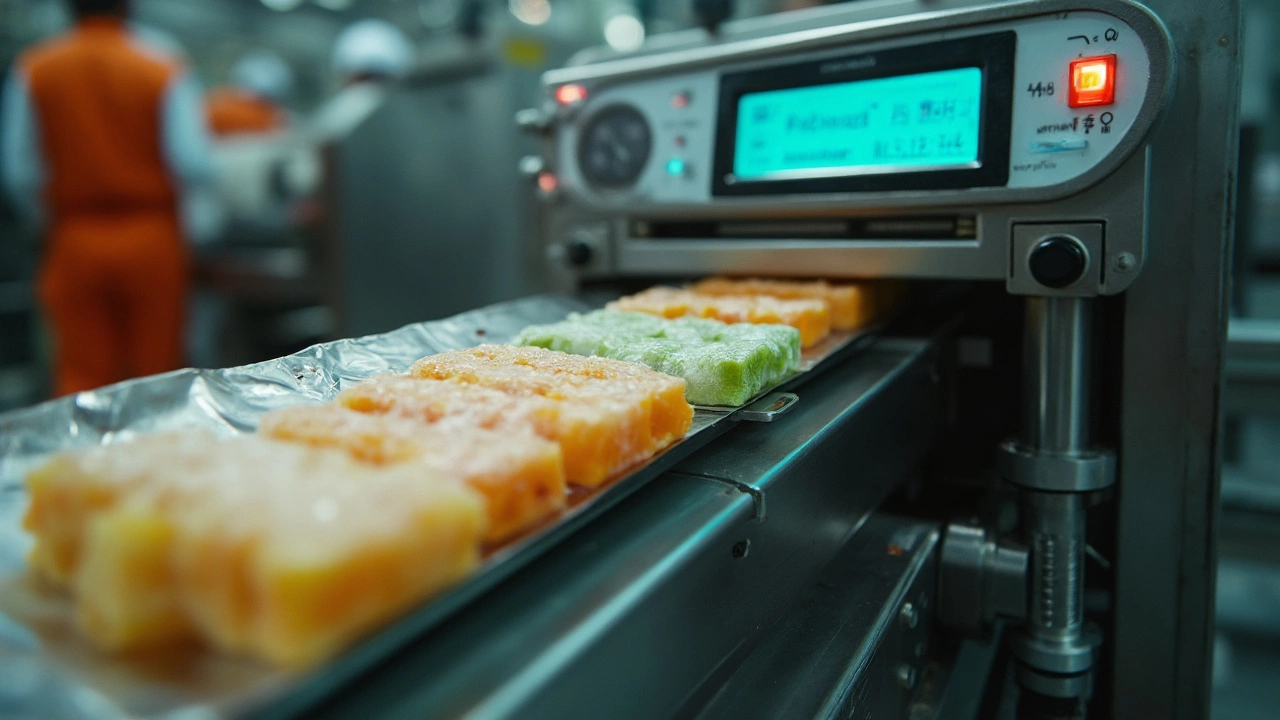
In food processing, precise measurement is crucial, and the term 'mil'—representing 0.001 of an inch—plays a vital role. This small unit is key in various aspects, from packaging thickness to machinery adjustments. Understanding how and when to use mil can boost efficiency and maintain quality standards. Explore the importance of accurate measurement and ways to apply it effectively in the food industry.










